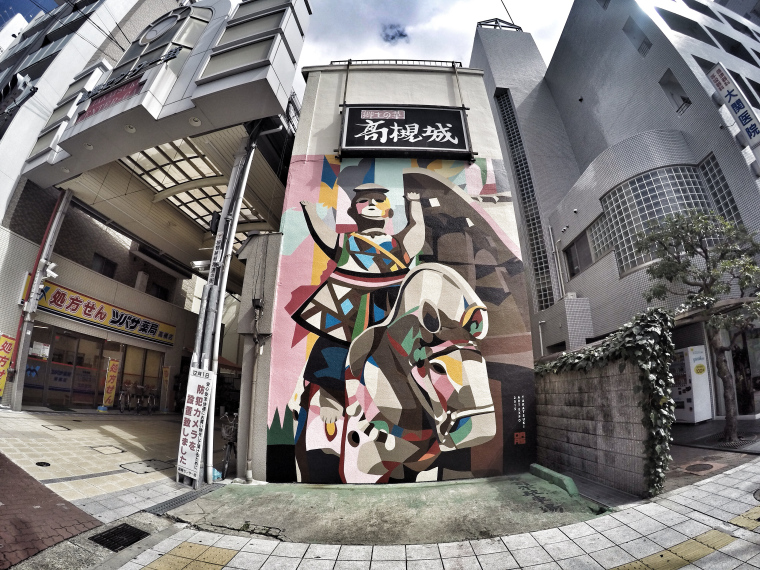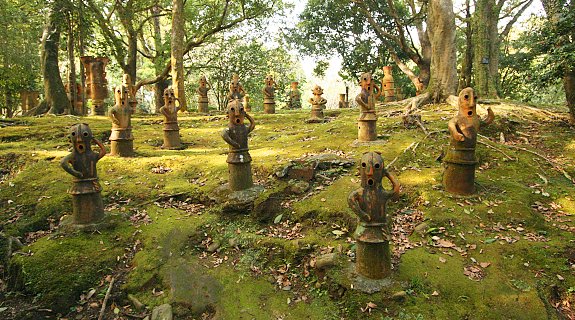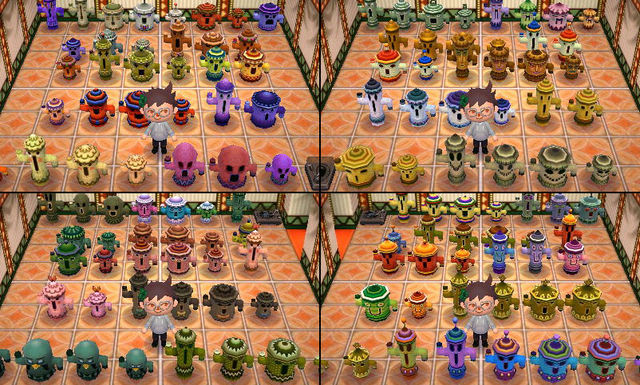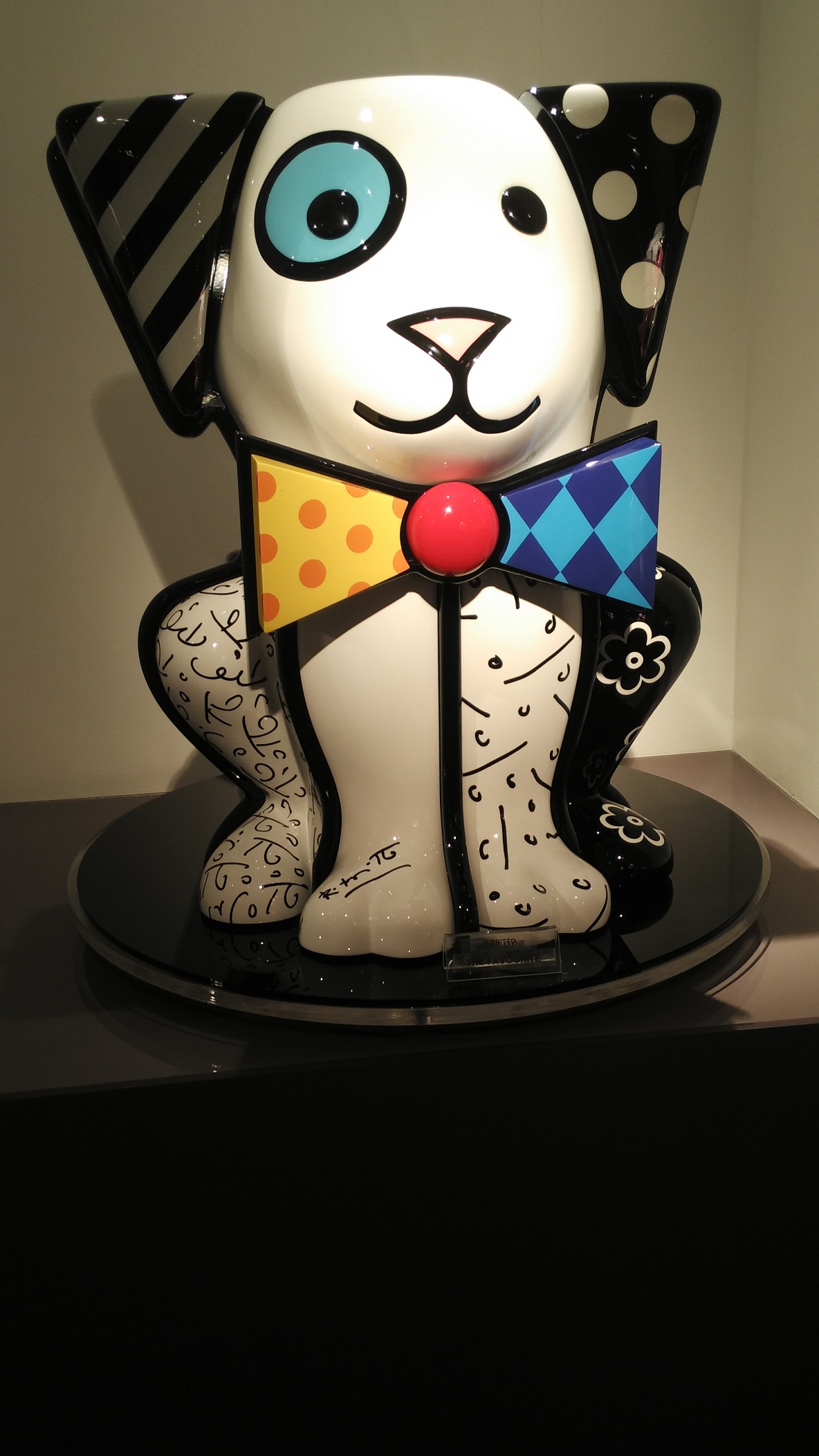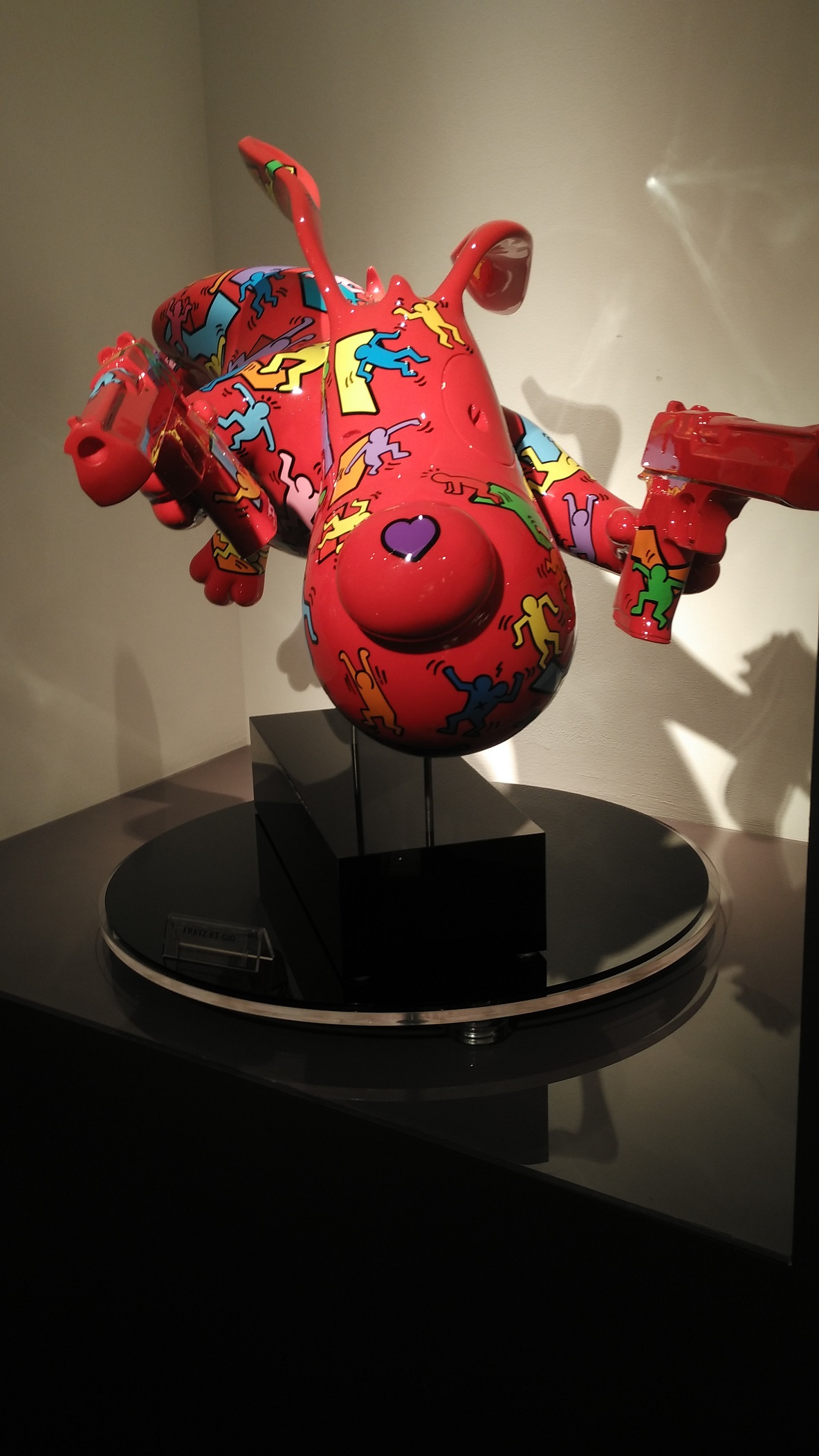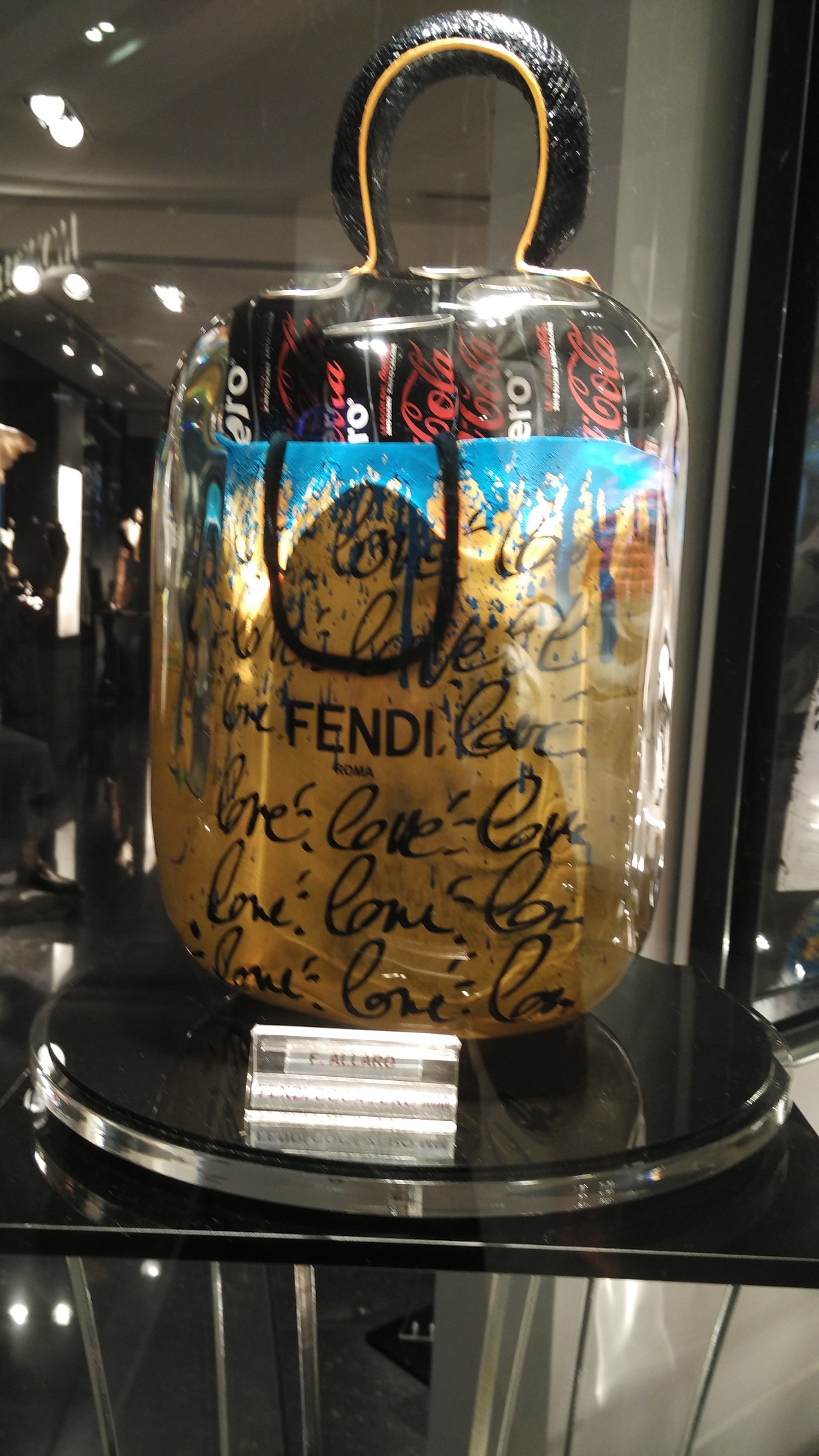A commentary on consumerist culture.
Team Members: Merlin, Amy, Devanshi
Hadel, Jackie. Haniwa. Osaka. Accessed 25 Mar 2016. http://jacquelinemhadel.com/tag/haniwa/
Topic:
For our final project, our group is planning to do a visual response to the Japanese clay figure, Haniwa, and combining it with Pop Art to give a statement about consumerism. It aims to juxtapose the colorful and vibrant nature of Pop Art into something as morbid as Haniwa, which was originally used as in ritual and burial to the dead.
Format:
Our format will be in the form of an installation consisting of a life-size Pop Art Haniwa and a giant Pop Art Poster where the subject is a Haniwa-style pop culture character.
Rationale for format:
Pop art is often made big, and loud to emphasize the qualities of pop culture. Hence, to emulate that, we plan on putting up an installation consisting of both sculptures and posters so that the works would not be seen in isolation but rather in relation to each other. The poster is also going to be made big to recreate the atmosphere of pop culture
As seen in the examples, pop art also uses familiar commercial icons as they are almost universally recognisable – their commercial identity is what is enshrined and commented on in pop art.
For our project, we have decided to appropriate popular icons in pop culture – we plan to spread them out represent the different aspects of pop culture. All of these characters are extremely well known, hence they would be relatable and recognisable to our audience.
Possible pop icons (pick 3):
- Marilyn Monroe (film/ celebrity culture)
- Michael Jackson (pop music)
- Andy Warhol (art)
- Ronald Macdonald (fast food)
- Mickey Mouse/ Pikachu (comics/animation)
Main theme:
We would like to present pop icons in the form ofH aniwa, as a commentary on how the representation of Haniwa as ceremonial figures has been put out of its original context and distorted in popular media today. The enshrining of the pop icons as Haniwa is also a tribute to these legendary figures and their undying influence on us, from then till now.
Goals for Each Members:
Merlin – General Research, Bibliography Compilation, Clay Prototype
Amy – Haniwa Research, Sketch and Ideation of Haniwa designs
Devanshi – Pop Art Research, Sketch and Ideation of Pop Art designs
We first had the idea of doing Haniwa when Merlin showed the group the research he did for Haniwa and Dogu, after some discussion we decided to combine Haniwa with Pop Art as a reflection of the use of Haniwa in Popular Culture and toning it down until the initial idea of Haniwa is almost gone.
Research
Miwako Tezuka. “Points of Departure: Haniwa”. YouTube video, “JapanSocietyNYC”, 27 May 2014, https://www.youtube.com/watch?v=T52Gyhezkz8.
Point of Departure: Haniwa is a promotional video for Japan Society Gallery’s exhibition for Point of Departure: Treasures of Japan.
There is a garden called Haniwa Garden in Japan. From http://www.japan-guide.com/e/e8002.html :
Heiwadai Park, or Peace Tower Park, was built in 1940 to celebrate the 2600th anniversary of the ascension of Emperor Jimmu, the mythical first emperor of Japan.
At the far end of the park is the Haniwa Garden, a collection of over 400 replica haniwa (burial statues) depicting animals, warriors, dancers, boats and houses arranged along a walking path through the trees. During the Kofun Period these clay statues were placed around burial mounds in tribute to the deceased.
Haniwa is also used as a base for characters in Popular Culture, such as Animal Crossing’s Gyroids.
Animal Crossing – Gyroids
In the Animal Crossing video game series, Gyroids are unusual furniture that can only be found by digging up from the ground. They are clay figures that makes cute noises when placed in a room.
This YouTube gamer made a video tutorial on how to make your own Gyroid out of clay and acrylic paint.

This YouTube video instead focuses on trivial information about Animal Crossing, including Haniwa and Gyroid.
“a guide to POP ART”. YouTube video, “Art Gallery of NSW”, 4 Dec 2014, https://www.youtube.com/watch?v=LsY4ihZCJL8.
This video is a promotional video for Art Gallery of New South Wales for their Pop to Popism exhibition.
Pop art sculptures
Artworks from Galeries Bartoux! (by Amy)
Pitchou Move Tattoos Dancer by Fratz Et Gio
Fendi Coco zero mm by F. Allard
Pop Art Concept Sketches
Early sketches by Devanshi.
Bibliography
Horowitz, Daniel. “Pop Art from Britain to America”. In Consuming Pleasures: Intellectuals and Popular Culture in the Postwar World, University of Pennsylvania Press, 2012. http://www.jstor.org.ezlibproxy1.ntu.edu.sg/stable/j.ctt3fhnkt.11.
Frost, Andrew. “Pop to Popism review – shock and social critique, with an Australian thread”, The Guardian. Last modified 3 Nov 2014. http://www.theguardian.com/artanddesign/australia-culture-blog/2014/nov/03/pop-to-popism-review-shock-and-social-critique-with-an-australian-thread.
Rosenberg, Karen. “Navigating the Art of Japan From a Different Direction”, The New York Times. Last modified 10 Apr 2014. http://www.nytimes.com/2014/04/11/arts/design/points-of-departure-at-japan-society-gallery.html?_r=0.
Bonnie Abiko. “Kofun period.” Grove Art Online. Oxford Art Online. Oxford University Press, accessed March 25, 2016, http://www.oxfordartonline.com.ezlibproxy1.ntu.edu.sg/subscriber/article/grove/art/T047126.
Marco Livingstone. “Pop art.” Grove Art Online. Oxford Art Online. Oxford University Press, accessed March 25, 2016, http://www.oxfordartonline.com.ezlibproxy1.ntu.edu.sg/subscriber/article/grove/art/T068691.
Appignanesi, Richard, and Chris Garratt. Introducing Post-Modernism: A Graphic Guide. Cambridge: The Old Diary, 2007.
